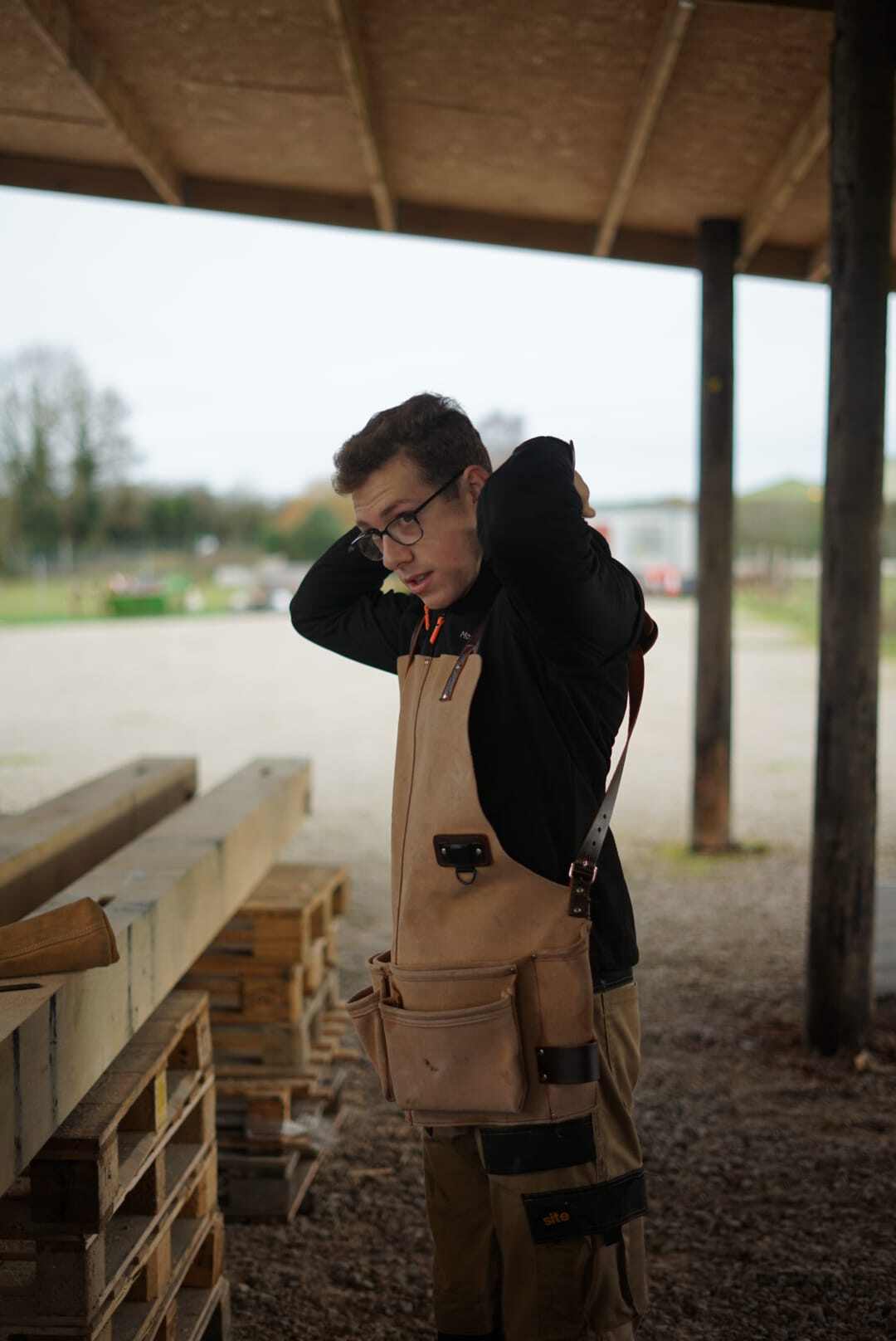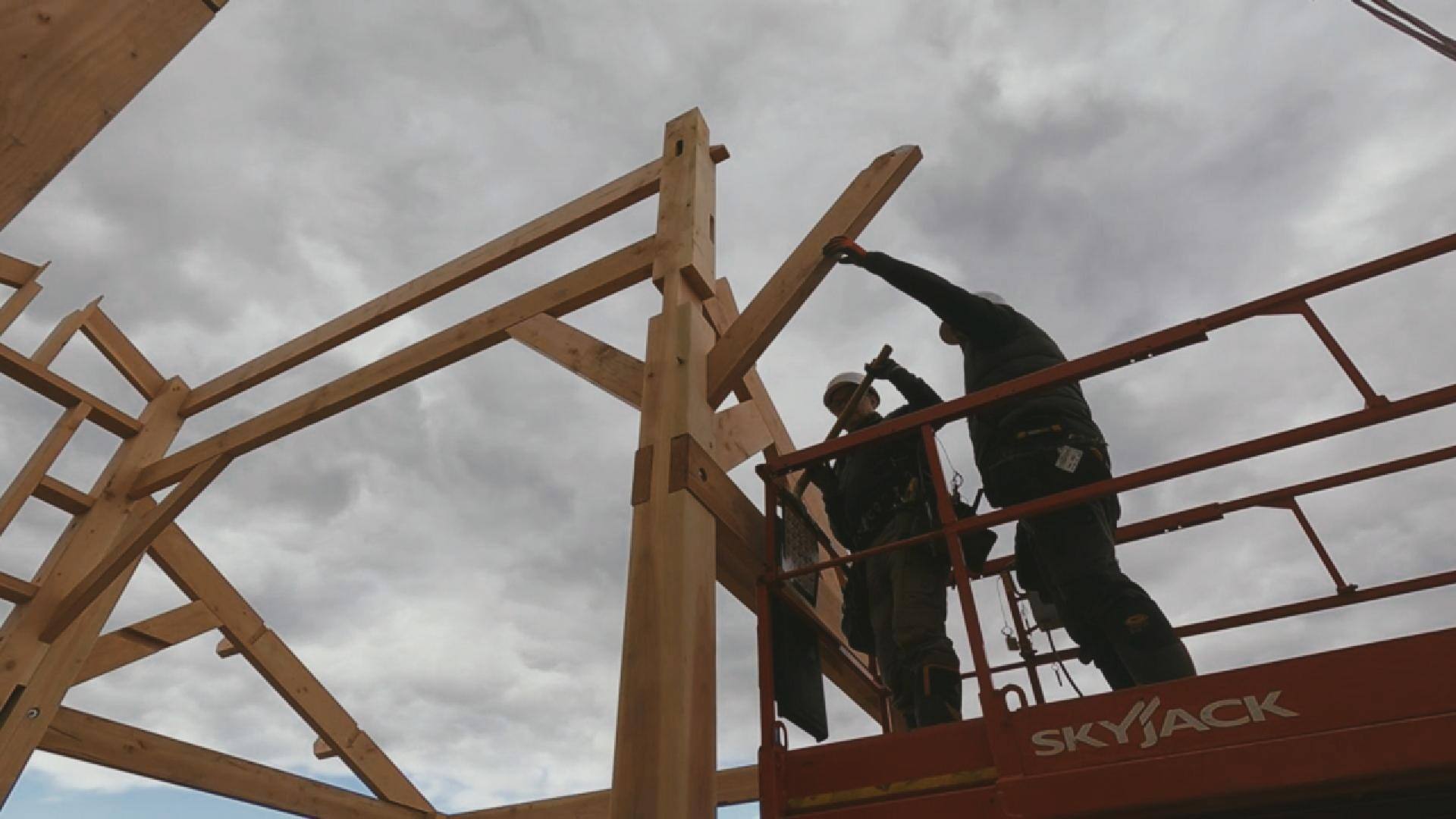When it comes to timber buildings, there is often a trade-off between quality and cost. Here’s a breakdown of how these two factors interact:
- Material Costs vs. Quality
Higher Cost & Quality Timber.
- Durable and long-lasting (e.g., hardwoods (QPA, QP1, D30 & D40) as well as engineered timber like C24 Grade)
- Resistant to pests, rot, and warping
- Better aesthetic appeal (finer grain, fewer knots)
- Higher structural integrity
Lower-Cost Timber
- Softwoods (e.g., pine, spruce) are cheaper but less durable
- Thin section timber and fast growing.
- Will require more treatment and maintenance
- Higher likelihood of defects and inconsistencies
- Construction Costs vs. Quality
Prefabricated Timber Structures (Cost-Effective, Varies in Quality)
- Faster to assemble, reducing labor costs
- Mass production can lower quality consistency
Custom Timber Builds (Higher Cost, Better Quality)
- Requires skilled labor, increasing expenses
- Greater precision, better design flexibility
- Longevity & Maintenance Costs
Investing in High-Quality Timber & Construction
- Higher upfront cost but lower maintenance over time
- Better resistance to moisture, decay, and structural weakening
Choosing Cheaper Materials & Construction
- Frequent repairs and replacements increase long-term costs
- Higher risk of damage from environmental factors
- Sustainability & Environmental Costs
Sustainably Sourced Timber (Higher Cost, Better for Environment)
- FSC-certified wood is often pricier but supports responsible forestry
Lower-Cost Timber (Potential Environmental Risks)
- Might come from unsustainable sources, impacting ecosystems. There is a lot of timber imported from China and other Far Eastern countries which do not have the same conscience about the environment or treatment of labour.
- Low grade timber is uses more chemical to arrive at some of the higher treated wood quality t, affecting indoor air quality and out gassing.
Balancing Quality & Cost.
If the budget is limited, using engineered timber (CLT, glulam) can provide a balance of durability and affordability.
If long-term value matters, investing in high-quality materials and skilled craftsmanship will reduce maintenance and improve lifespan.
“The bitterness of poor quality remains long after the sweetness of low price is forgotten - “Benjamin Franklin”
Who ever regrets a good quality purchase?


 Back
Back
 January 30, 2025
January 30, 2025  2 min read
2 min read




